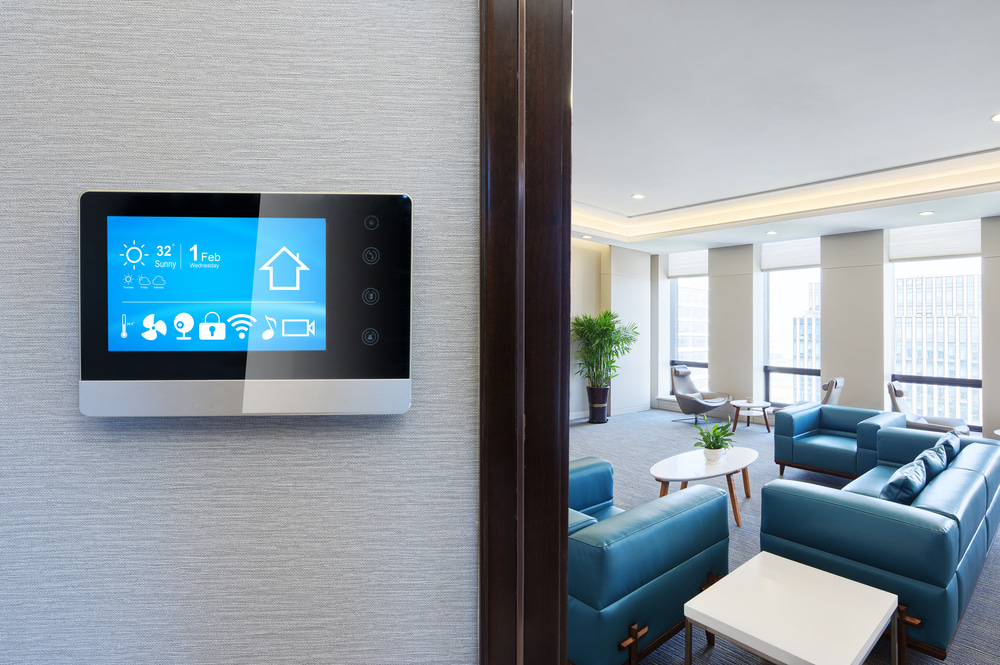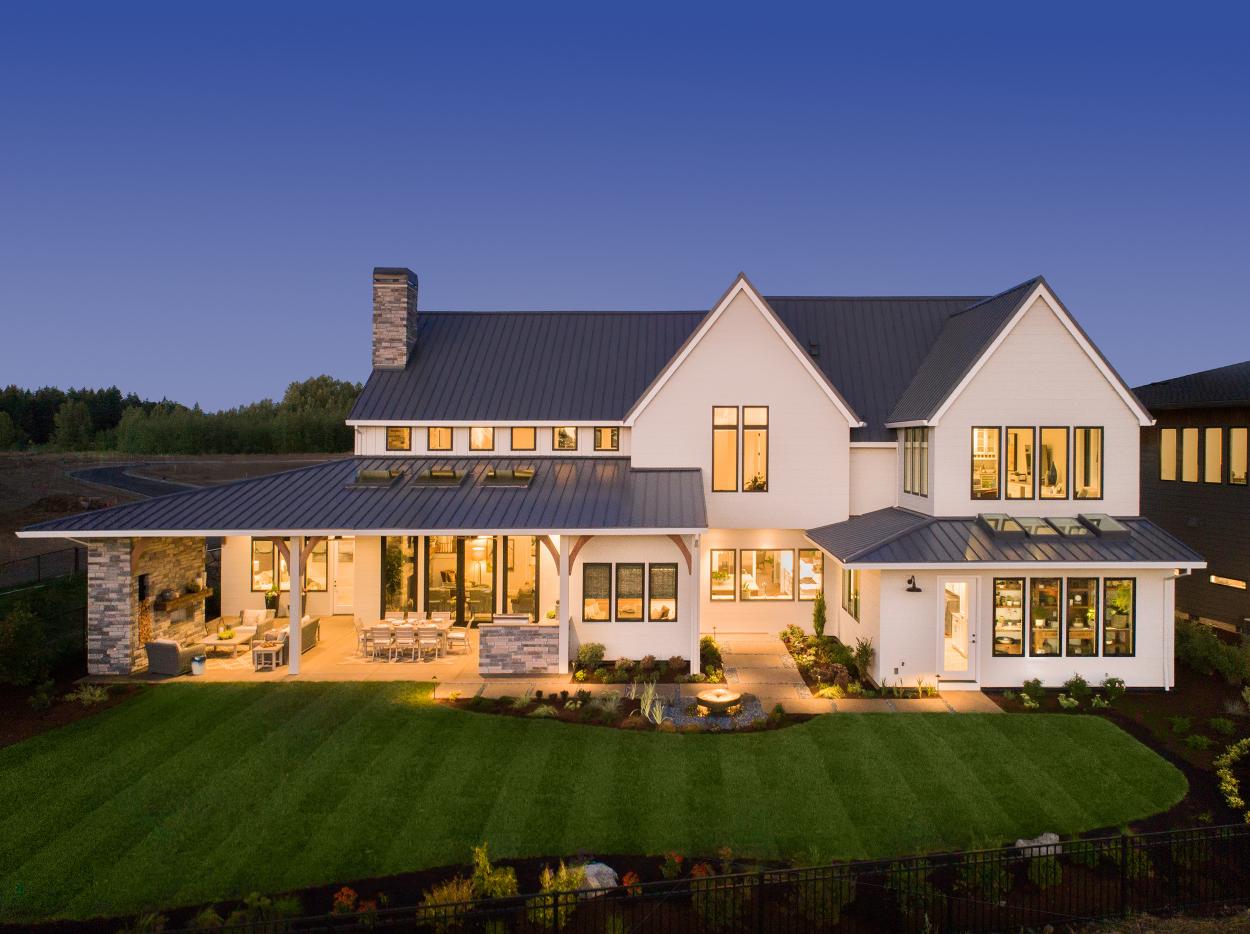
How to heat a large house efficiently
Wide and welcoming rooms are the dream of many: spaces where to share pleasant moments with family or friends or to enjoy moments of relaxation. However, with a large house, some inconveniences may arise and must be addressed in the best way possible: let's find out how to manage heating, saving on consumption.
How can I make my big house warmer?
There are several solutions to ensure proper heating in large rooms and spaces. This is made possible thanks to the continuous development of new technologies applied to both heat generators and heating systems.
It is not just a matter of size, but also of optimizing consumption and costs: we can have a sufficiently heated environment, but with a very high final bill. There is another risk: we may not achieve thermal comfort despite the energy expenditure and again it results in high costs. It is therefore important to ensure that heat is retained inside the rooms.
- It is fundamental to avoid heat loss caused by ineffective or old fixtures.
- Heat loss is also caused by doors left open in a corridor. When they are closed, it prevents colder air from entering the heated room or one that is being heated.
- If multiple radiators are installed in the environment due to its size, it is very crucial that bulky furniture is not placed in front of them. They obstruct the spread of the produced heat.
- Consulting with a professional can provide additional help in understanding how to heat a very large room: they can suggest the ideal solution by evaluating the size of the spaces and identifying where to place radiators or consider more efficient alternatives.
Programming is fundamental, bearing in mind that a large space requires more time to reach the desired temperature. Home automation and latest-generation smart devices such as thermostatic valves and wireless thermostats come to the rescue.
These are remotely controllable tools that make it easier and more immediate to set the heating system's on and off times. Moreover, they allow the user to intervene at any time to modify preset commands.
- Installing smart valves on each radiator, a user can choose which rooms to heat and when, optimizing energy consumption and costs.
- The room temperatures are set according to the weekly, daily, and hourly habits of the house occupants, thanks also to the algorithms with which smart thermostats are designed.
- The sensors they are equipped with detect when a window is open: heating is temporarily and locally suspended as a result. In case of anomalies, app notifications immediately inform the users so they can intervene.
Heating large spaces becomes less complicated and, above all, less costly.
What is the best heating system for a large house?
Outside of large metropolitan and urban contexts, urban landscape hosts the development of residential areas with single-family houses or terraced houses. Housing solutions of this kind include the possibility of having an independent heating system.
This is a relevant aspect to consider when wondering about the best way to heat a home. Independent management allows for easier installation of new-generation heat generators, such as heat pumps.
They are often considered the most immediate transition from gas boilers to new types, in light of the sustainability policies that tend to ban the installation of fossil fuel boilers, including condensing ones.
The heat pump can undoubtedly be an effective way to efficiently heat a large house, both in terms of energy consumption and economics.
- With a sufficiently powerful model, heat is distributed evenly, and the capabilities of home automation devices combined with the generator can be exploited to achieve maximum performance.
- The main quality of heat pumps lies in their ability to transfer heat from a low-temperature source to a higher-temperature source.
- Air-source heat pumps, for example, use outside air as a heat source for heating and hot water production.
- The outside air is collected by the outdoor unit and transferred to the indoor unit through piping where the refrigerant fluid circulates.
- It is then converted into heat, which is distributed through the splits or radiators.
- If connected to a power system such as solar panels, the final result is a completely clean energy for heating the home.
Again, the expertise of a professional helps make the most cost-effective choice to enjoy maximum thermal benefit in such a large and expansive context.
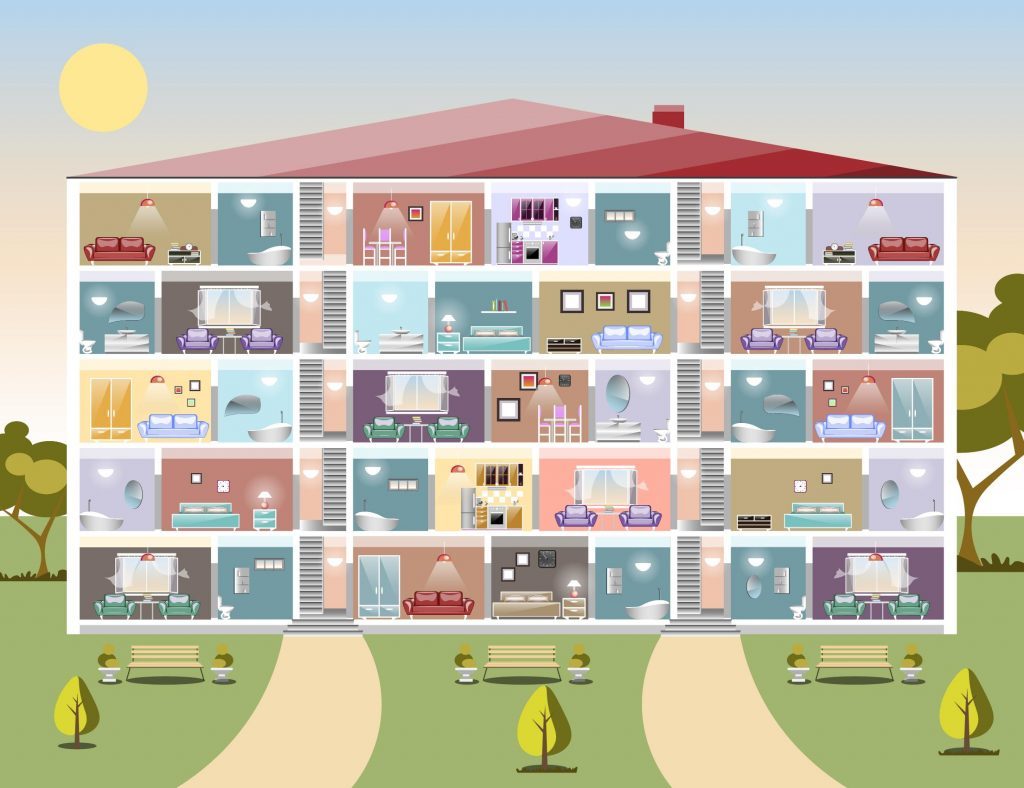
What is the cheapest way to heat a large house?
The heat pump is not the only viable option for heating a large house. Among the other heating systems to consider are:
- biomass boiler;
- solar thermal system;
- electric heating.
The biomass boiler requires sufficient space for the storage of the raw material for its operation, generally pellets or organic and natural material.
The solar thermal system uses the power of another renewable source such as sunlight, which is absorbed to produce heat.
Similarly, photovoltaic panels can recover electrical energy to be channeled for heating. Indeed, if the price of electricity fluctuates significantly for economic reasons, at the same time, with a large house, maximum benefit can be reached with wide coverage of panels on the building’s roof.
What is the most efficient way to heat a large building?
The initial investments to equip homes with new heating systems are certainly considerable, but the long-term benefits must be taken into consideration. Cost containment for heating particularly large rooms and environments is the desired outcome, and it is possible to achieve it through innovations in the sector.
Another useful contribution comes from home automation and the combination of modern systems with intelligent devices such as smart valves and thermostats to enhance programming and heating management.
Other Articles
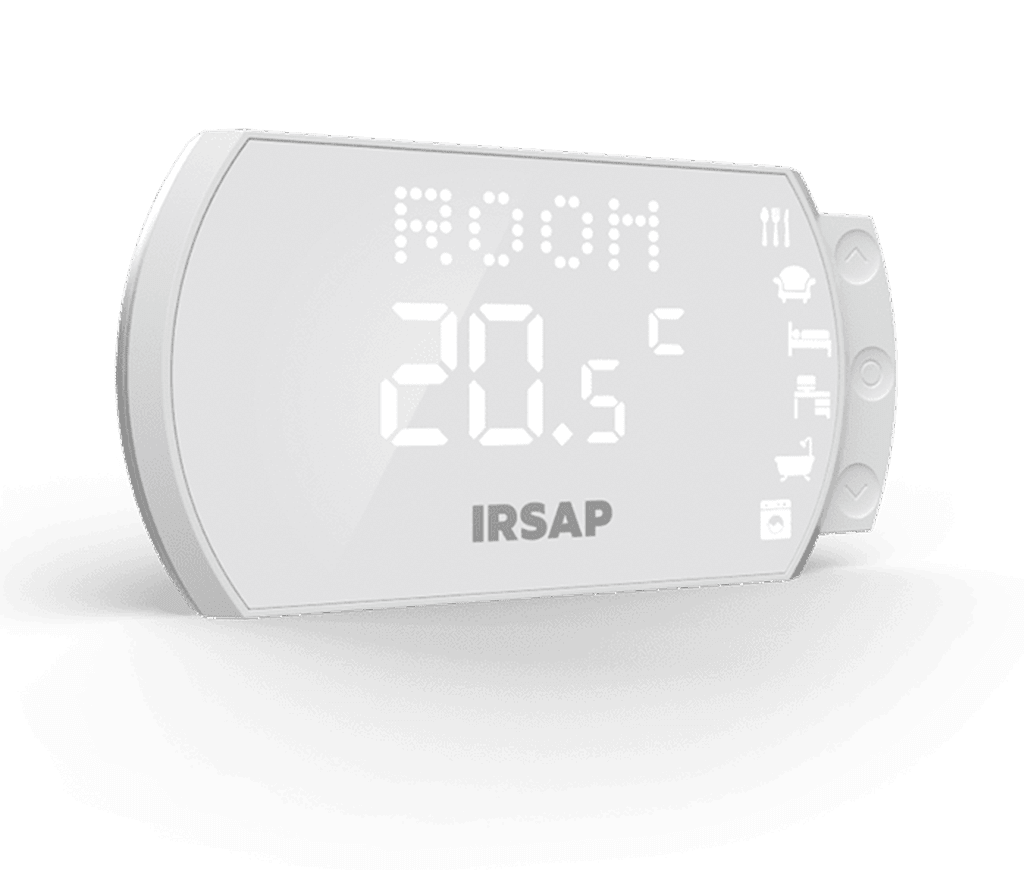
Smart Thermostat
The Smart Thermostat allows you to precisely set and measure the temperature of the room in which it is installed. Thanks to its advanced functionalities it also allows you to control humidity and air quality.
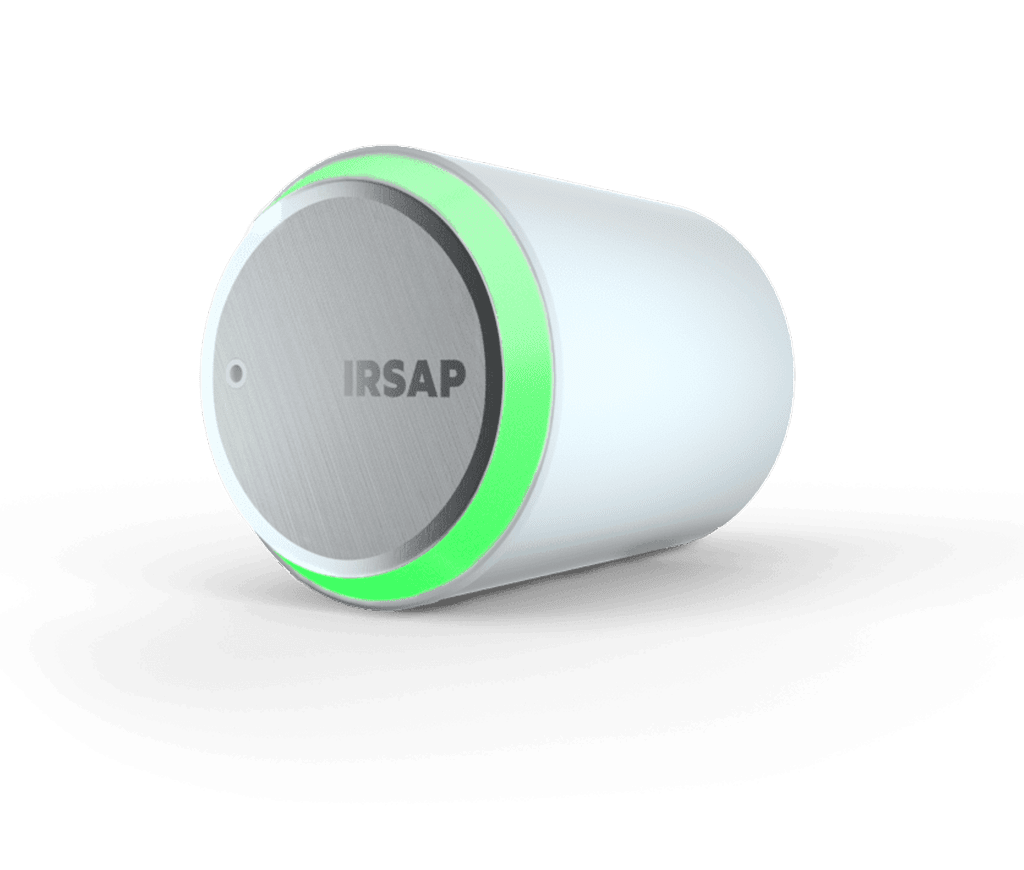
Smart Valve
Control the temperature of each room separately. Our wireless thermostatic valves are compatible with all radiator brands and leading hydraulic valve manufacturers.







